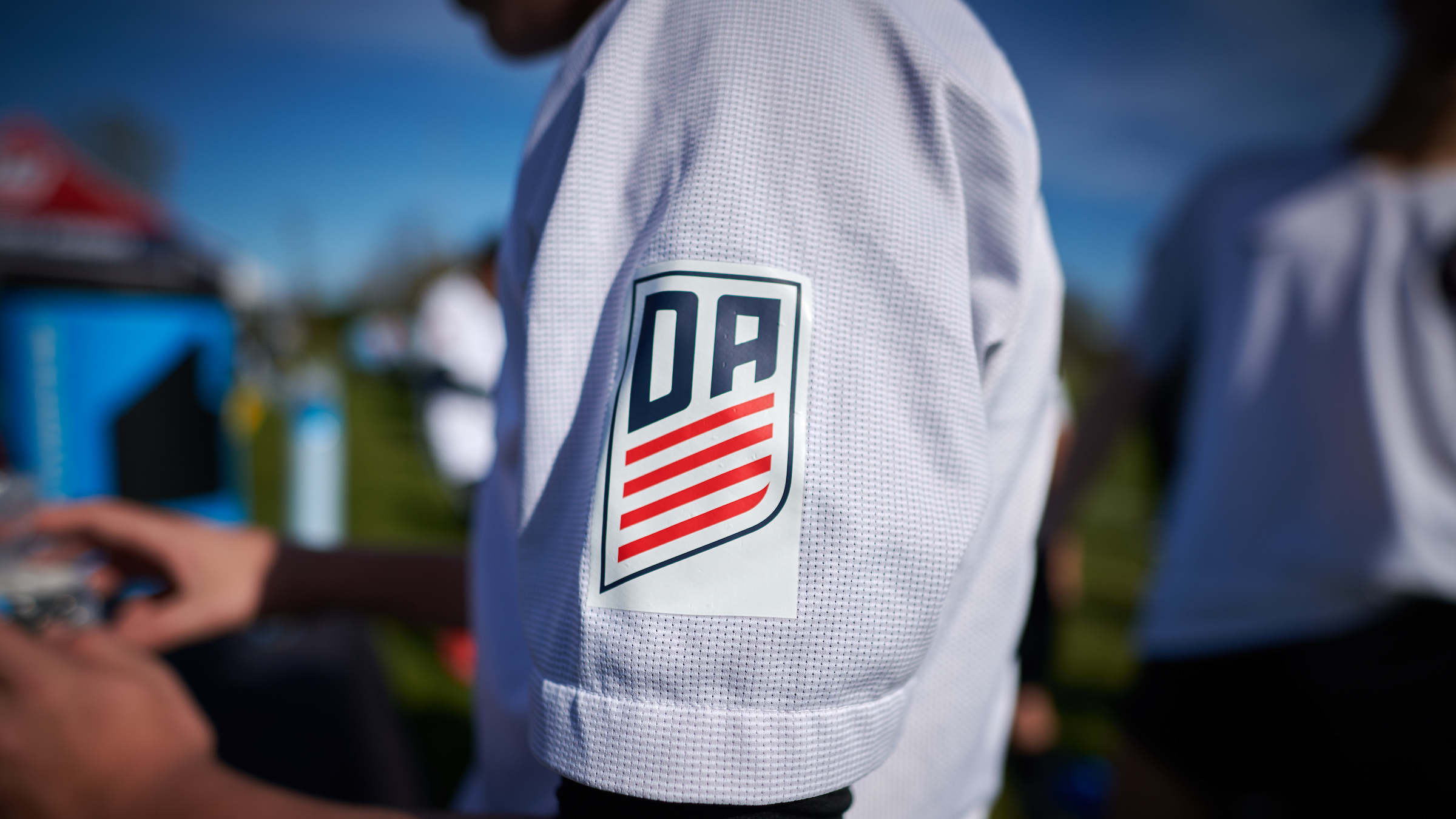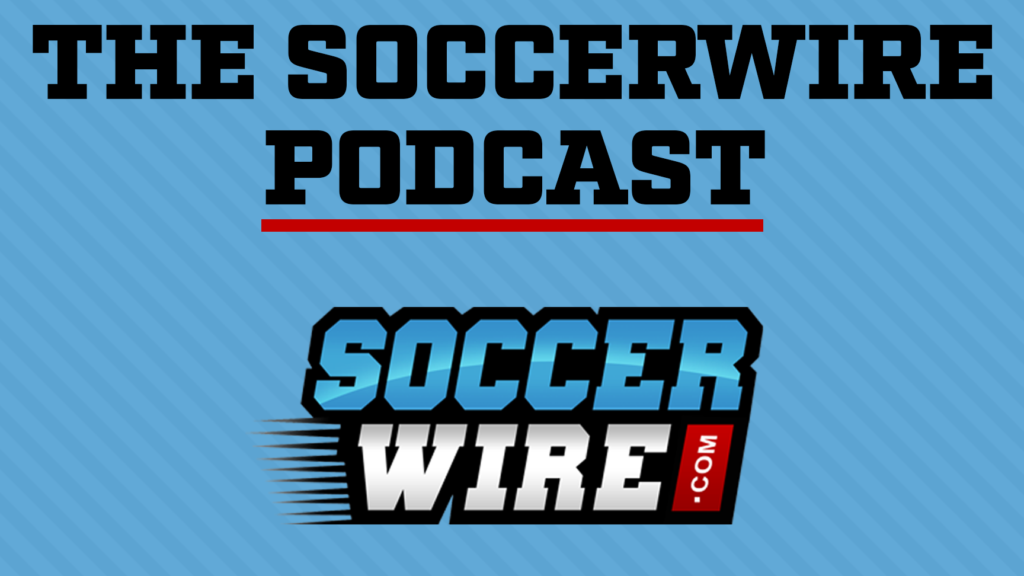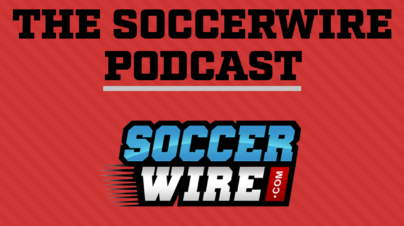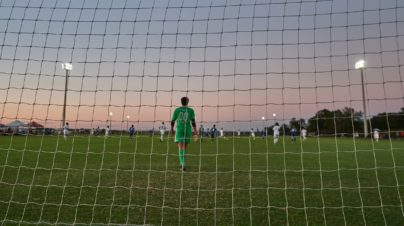The cases for and against the U.S. Soccer Boys Development Academy

Ever since the inception of the U.S. Soccer Boys Development Academy in 2007, the Federation has faced criticism from a wide variety of angles. Critics of the DA range from everyday fans of the U.S. National Teams, youth soccer coaches and parents, all the way to USSF presidential candidates, and many others in between.
Various theories on how to fix the DA system always emerge among the soccer community’s hottest topics whenever a U.S. National Team loses a big game. When the U.S. Men failed to qualify for the 2018 FIFA World Cup, falling to Trinidad and Tobago in the CONCACAF qualifiers in October 2017, alarm bells were set off across the country, signaling potentially damning flaws in the USA’s existing player development model.
After a valiant performance in the 2014 World Cup under Jürgen Klinsmann, which ended with a spirit 2-1 loss in extra time against Belgium in the Round of 16, standards and expectations appeared to be trending upward. As the DA pushed toward its first full decade of existence in 2017, many believed that the 2018 World Cup cycle would reveal a lot about the fruits of the current DA model. Given that the U.S. failed to qualify for the World Cup for the first time since 1986, the toughest critics now more than ever view the DA as a tree bearing bad fruit, which may need to be cut down altogether.
The massive USMNT disappointment in 2017 led into a contentious 2018 USSF presidential election, with ‘outsider’ candidates like Kyle Martino, Eric Wynalda and Hope Solo frequently scorching the existing player development model in various ways. Campaigns featured promises to get rid of ‘pay-to-play’, along with advocating for player development models more in line with Europe and the rest of the world, featuring a traditional system of promotion and relegation between leagues, at both the youth and professional levels.
In the end, sitting USSF vice president Carlos Cordeiro won the first contested USSF presidential election since 1998, claiming 68.6 percent of the votes and beginning a four-year term as successor to Sunil Gulati. Despite a major push for reform by supporters at the ground level, Cordeiro was elected as an ‘establishment’ candidate, who in the eyes of many supporters, would simply be continuing the status quo.
While the harshest critics of U.S. Soccer’s DA model may not have gotten their wish for an ‘outsider’ president pushing for sweeping changes to the youth development system, the public spotlight on the USSF is currently as bright as its ever been, in the aftermath of World Cup qualifying failure.
Calls for wholesale changes to the DA won’t be going away any time soon. But the emergence of promising young players from the ranks of the DA should be noted as well, with the likes of Christian Pulisic, Weston McKennie, Josh Sargent, Gio Reyna and DeAndre Yedlin, among others, signing with high-end European clubs in recent years.
The stated goal of the DA is to be “World Class”, which ultimately means consistently developing young players who are prepared to compete on the world’s biggest stage. Certainly, the English Premier League and Bundesliga would qualify as “World Class”, so if more DA players are being sought after by top international clubs, then the DA must be doing its job, at least to some degree.
But questions remain. Is the DA producing enough world class players? Are the best young players emerging from the DA a result of, or in spite of the league’s current model?
On Episode 12 of The SoccerWire Podcast, host Marc Serber, founder and publisher Chris Hummer, featured SoccerWire contributor and MLSSoccer.com editor Charles Boehm, and SoccerWire managing editor Quinn Casteel discussed the cases for and against the U.S. Soccer Boys Development Academy. Has the DA, in its current format, been a success, failure, or is it too soon to tell?
See below for a look at excerpts from the podcast, featuring points for and against the effectiveness of the Boys DA:
“How has U.S. Soccer professionalized the youth game? Have they? You bet. The same people that a crying foul are the same people decrying the fact that the U.S. doesn’t produce enough players. U.S. Soccer is simply following a model that has already existed in the rest of the world. While their mission statement does say that everyone should play soccer, it is their job to create a professional pathway for young players. The same thing has been happening around the world, at places like Ajax, Manchester United, Borussia Dortmund and Boca Juniors – and no one there whines the way American soccer fans do. We are 13 years into this, and this is a long game.
Manchester United just played its 4,000th consecutive match with at least one Academy player in the first team, going back 80 years. It is a long game. If the first cycle produced Christian Pulisic, Weston McKennie, Tyler Adams, and every 6-7 years we produce 3-5 players of that caliber, then when the U.S. wins a World Cup in 20 years, it is in spite of everyone who whines and moans about the DA. U.S. Soccer has created a professionalized path for the 1% of players who are extremely skilled and dedicated, and their families who chose to go on with it. If you don’t want to learn how to be a professional, then don’t go into the DA.” -Marc Serber
“The most efficient and useful response I can offer is, where? Where are the players? [Marc] named four American players that are playing at a high level in a world class league. Let’s run them down: Tyler Adams, Christian Pulisic, DeAndre Yedlin, Weston McKennie… Gio Reyna is yet to make his first team debut, but he looks like he’s on a Pulisic-like trajectory, possibly. Tim Weah has been injury racked, but he puts us in the half-dozen range, and this is 12 years of Development Academy play. Is this the ROI, is this the norm?
I reserve the right to be under-impressed by this ROI. It’s approaching a 9-figure overall investment, maybe already past 9-figures if we look at what everybody has spent, with all the players in the DA trying to grow elite players over the last 12 years. And this is our ROI?” -Charles Boehm
“I think the question is how long is U.S. Soccer going to stay in the DA business? If the pro clubs to spin off and have their own competition, especially with how much the 2nd and 3rd divisions have grown into fully professional clubs. In 3 or 4 years, are there 30 or 40 professional academies that have a pro team that can sign them? When that happens, is U.S. Soccer taking a bow and saying we’ve done enough? We’ve primed this pump for 20 years, and now we finally have it. And if we add promotion-relegation to that situation, and solidarity payments and everything else, could the experiment come to an end?”
-Chris Hummer
“A lot of people, generally on Twitter will take a very anti-U.S. Soccer stance, and in some people’s eyes, the Federation can never do anything right. Whereas other people might be a little more in favor, they love the DA. I think the most constructive thing to do is for fans, and for U.S. Soccer to ask themselves: What is a quantifiable measurement of success, in terms of results on the field for our national teams, and number of world class players that we produce? U.S. Soccer and their critics should say, ‘We’ll consider the DA a success if it produces ‘X’ number of world class players, and we’ll consider U.S. Soccer a success if we accomplish ‘X’ on the field.” -Quinn Casteel
Click Here to listen to the full discussion on Episode 12 of The SoccerWire Podcast.
SOCCERWIRE MARKETPLACE
- Adidas National Cup 2026
- Adidas Showcase 2025
- Adidas Preseason Clash 2025
- Capital Fall Classic 2025 - Register by October 1st
- Applications are Now Open for the 2026 Jefferson Cup
- Start the Season Strong at Loudoun Premier Cup!
- 50th Annual Rael Vodicka Memorial Tournament
- Soccer Marketing Internships at The St. James FC
- Job Opening: The St. James FC Goalkeeper Academy Coach
- Full-Time Director of Goalkeeping for The St. James FC















